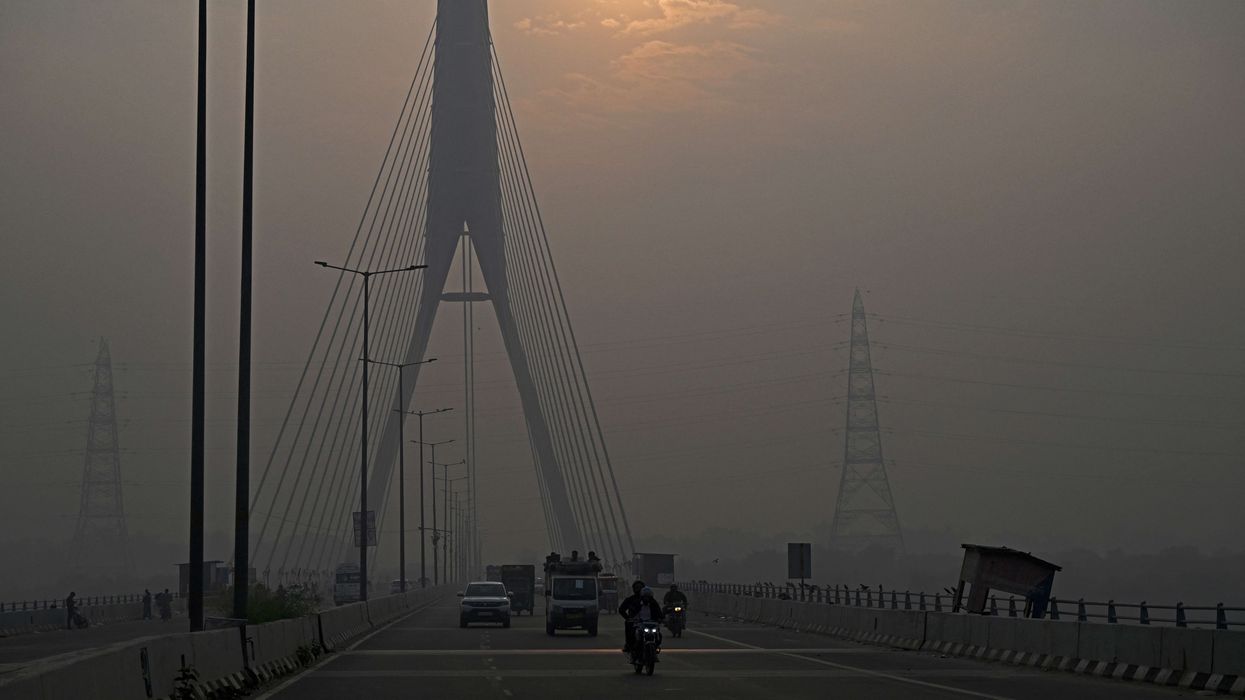INDIA carried out its first cloud seeding trial over New Delhi on Thursday in an effort to reduce air pollution by inducing rain to wash away harmful particles from the atmosphere.
Cloud seeding involves spraying salt or other chemicals from aeroplanes into clouds to encourage rainfall.
City authorities in Delhi, in collaboration with the Indian Institute of Technology (IIT) Kanpur, conducted the test using a Cessna light aircraft over the Burari area in the north of the city.
"A trial seeding flight was done... in which cloud seeding flares were fired," Delhi Minister Manjinder Singh Sirsa said in a statement on Thursday evening.
"This flight was the proving flight for checking the capabilities for cloud seeding, the readiness and endurance of the aircraft, the capability assessment of the cloud seeding fitments and flares, and coordination among all involved agencies," he said.
The trial is part of a wider plan to roll out the cloud seeding initiative.
Delhi Chief Minister Rekha Gupta said, "If conditions remain favourable, Delhi will experience its first artificial rain on October 29."
Officials have not specified which chemical was used during the test.
New Delhi, with a population of about 30 million, frequently records some of the world’s worst air quality levels, with thick smog covering the city each winter. Cooler air traps pollutants close to the ground, forming a mix of emissions from crop burning, industry and heavy traffic.
Levels of PM2.5 — fine particles small enough to enter the bloodstream — often reach as much as 60 times the United Nations’ daily health limits.
Pollution levels rose this week after widespread fireworks during Diwali celebrations, pushing PM2.5 concentrations to more than 56 times the safe limit. The Supreme Court earlier this month relaxed a blanket ban on fireworks, allowing the use of “green” crackers designed to reduce emissions.
According to monitoring organisation IQAir, PM2.5 levels reached 154 micrograms per cubic metre in parts of Delhi at dawn on Thursday, more than 10 times the World Health Organization’s recommended limit.
In September, a study found that the city’s air pollution is turning the 17th-century Red Fort black. Scientists said the UNESCO World Heritage Site is being damaged by a black crust, according to research published in the Heritage journal by a joint team of Indian and Italian researchers.
Cloud seeding was first developed in the 1940s and has since been used in several countries to address drought, fight forest fires and disperse fog at airports. China used the method in 2008 to try to prevent rain over Beijing’s Olympic stadium.
However, studies have shown mixed results about its effectiveness in targeted regions, with some research suggesting that cloud seeding does not consistently produce the desired rainfall.
(With inputs from agencies)













